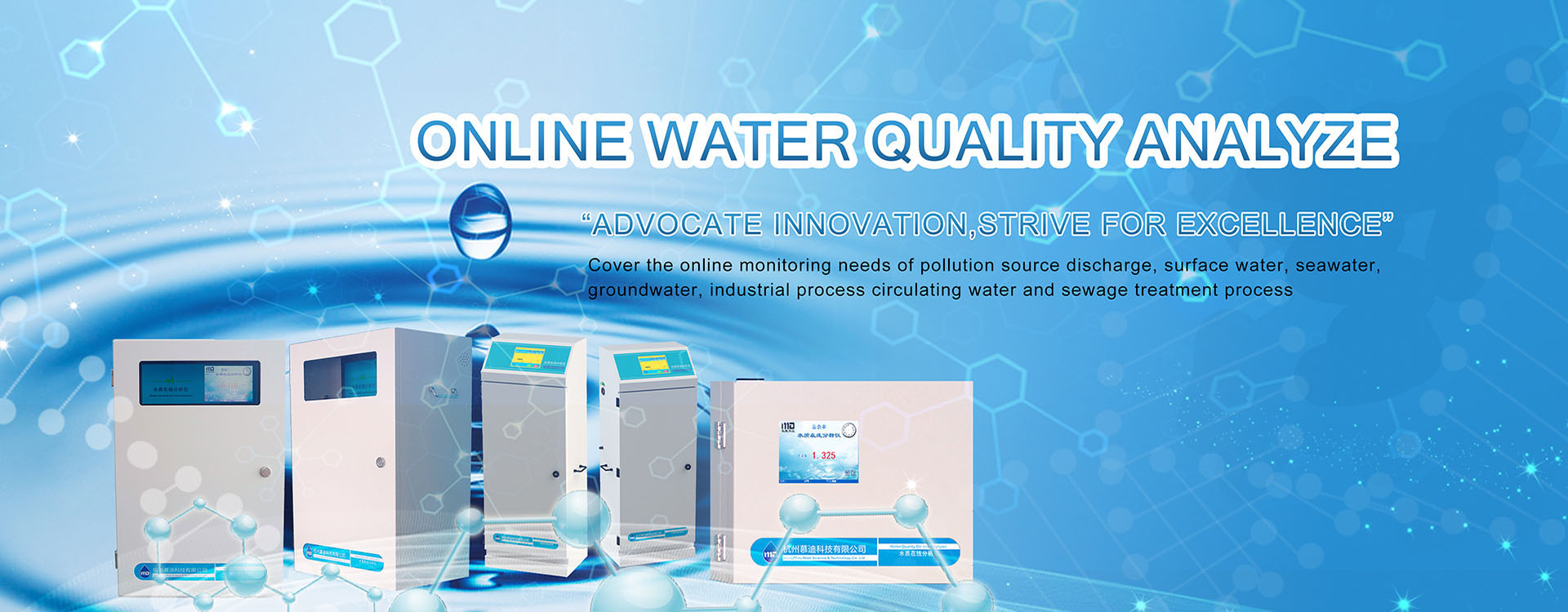Heavy metal tin exists in nature as a compound state, it often coexists with iron sulfide, arsenic, cadmium, copper and other heavy metals, so what kind of pollution will tin have in the water body? How do we monitor tin levels in water? This chapter water quality online monitoring instrument manufacturers to understand the relevant issues together with you!
About Tin Water Pollution Problem!
Common tin compounds are bivalent and quadrivalent. Dissolved tin usually exists in the form of ions containing oxygen and hydroxyl groups, but in seawater it is mainly in the form of SnO(OH)2. Tin can be methylated by bacteria under hypoxia conditions. Methyltin is volatile and tends to escape into the atmosphere from water, soil and living organisms. The tin content of fresh water in natural water bodies is 0.004 ~ 0.09 micrograms/liter, and that of seawater is 0.002 ~ 0.81 micrograms/liter. The amount of tin in Marine plankton ranges from less than 1ppm to 90ppm. Phytoplankton and brown algae can enrich tin from seawater, and the enrichment ratio is 7000 ~ 30000.
So How Dhould You Determine Whether the Tin in the Water Exceeds the Standard?
In order to determine whether the tin in the water body will cause harm to the human body and the ecological environment after exceeding the standard, real-time online monitoring of tin in the water body is indispensable.
Photoelectric colorimetric method for T8000-Sn total tin online analyzer, it is a fully automatic online analyzer controlled by an embedded system, which can be applied to a variety of water quality such as river water, surface water and industrial wastewater. After the sample is filtered, it is pumped into the reactor. First, the masking agent is injected to eliminate the interfering substances, and then the pH value of the solution is adjusted to make the solution have a suitable pH. Then the characteristic color developer is added to react with selenium in water for color development, and the absorbance of the reactants is measured. The concentration of selenium in the sample is calculated by the absorbance value and the correction factor stored in the monitor.




